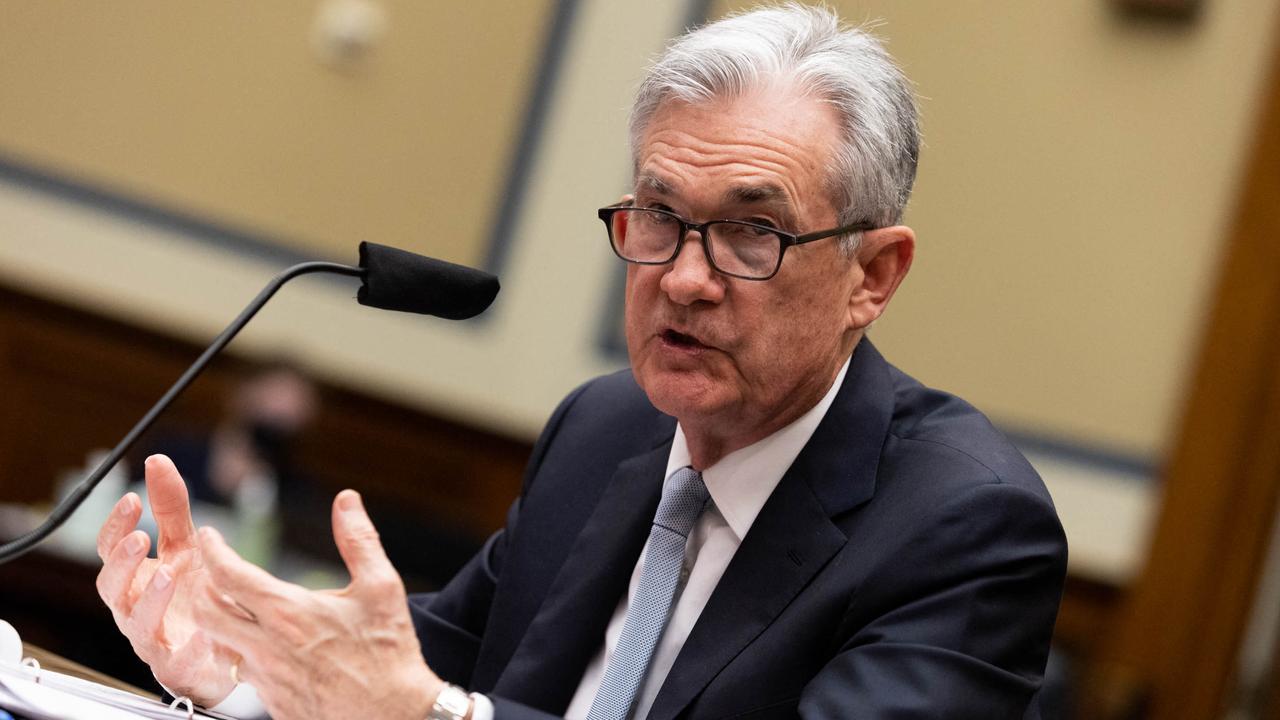Will the global inflation push back rate-cut prospects?
There seems to be a pretty common narrative that if inflation starts to stick, rather than fall, it will either delay central bank easing or, at worst, force more rate hikes.

The Fed is moving to an “average” 2% target.
>> Will FED cut rates before the ECB?
Conventional wisdom has it that reductions in inflation will be harder to grind out as price growth approaches the 2% target. You often hear central bankers say something to the effect that inflation reduction is a marathon, not a sprint and that the last mile is the hardest.
Mr. Steve Barrow, Head of Standard Bank G10 Strategy, said he doesn’t have any fundamental disagreement with this. But where he takes issue is with the idea that if inflation becomes stuck above 2% it will push back rate-cut prospects significantly or might even force central banks to hike some more. There are a number of reasons why he takes this view.
The first relates to the extent of extra monetary stringency that arises as inflation falls or, put another way, the extent to which real (inflation-adjusted) rates rise. For it seems pretty well accepted by policymakers that, as inflation comes down and the monetary noose tightens, there’s a need to lower nominal policy rates. But does this only kick-in when inflation hits the magical 2% level?
Its not in the Standard Bank’s view. Inflation has already fallen rapidly in most developed nations and hence the monetary screw has already been tightened quite a bit. In the US, for instance, the real fed funds rate has risen from a low of -5.3% in February 2022 to 2.3% last time out, if we use core PCE prices as our inflation measure. That’s a 7.6 percentage point rise in the real policy rate; an extra 1.2% point rise, should core PCE inflation fall to 2% is not going to make a huge amount of difference given what’s already happened.
In other words, provided the economy does not re-accelerate significantly it looks to us that the rise in real rates seen to date is sufficient to consider lower policy rates ahead even in the absence of a drop in core PCE prices to 2%.
A second argument is that central banks right now should still see inflation a bit above 2% (say 2-3%) as consistent with their target over the long haul. This is because the bulk of the inflationary pressure is coming from the tightness of the labour market. But this tightness seems an anomaly caused largely by the legacy of the pandemic. We are already seeing labour markets normalise as employment growth slows and vacancies fall but this will take some time to wash through. As it does, so cost-push inflationary pressure should diminish and hence persistent inflation now of, say 2-3% should still be consistent with something closer to target once the labour market normalises fully. Of course, there will be those that argue the current labour market situation represents a ‘new normal’ that creates real persistence in high wages and hence high prices. But we don’t go along with that and we doubt that policymakers do either.
>> Will the FED lower rates regardless of the inflation target?
A third factor is the inflation target itself which, for most developed-country central banks is 2%. But note that, where adjustments have been made the targets have been lifted. The Fed moved to an “average” 2% target and the ECB now targets 2% and not, close to, but below 2% as it had before. These are small changes but they show the direction of travel for central banks as dictated by the very low-inflation pre-pandemic period. Now, it is possible that the surge we’ve seen in inflation in recent years has cast all thoughts aside that central banks can soften their inflation targets.
However, Mr. Steve Barrow doesn’t think it has. Put another way, he suspects that central banks won’t be especially unhappy if inflation does settle at levels that are just above the 2% target, as long as inflation expectations don’t drift up (note, of course, that most inflation expectations have been above 2% anyway even in the lowflation period before the pandemic).
Central banks won’t want to be pushed into a situation where they are almost forced to hit their inflation targets before they can cut rates. So, even if there is some stickiness in inflation above target levels, Mr. Steve Barrow suspects that it won’t cause material changes in central bank policy. The rate cut cycle is likely to start a little later than the market has priced, but that’s just because the market is showing its usual ebullience at this stage of the cycle, not because sticky inflation will force a major central bank re-think.








